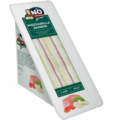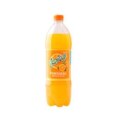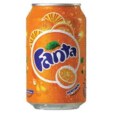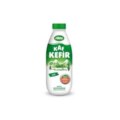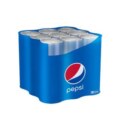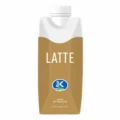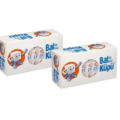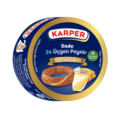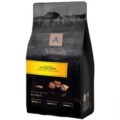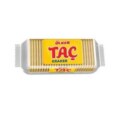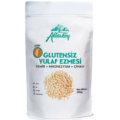“8 15 17 üçgeni nedir? Üç kenar uzunluğunun birbirini tamamlayacak şekilde neden bu sayılarla belirtilir? Bu makalede 8 15 17 üçgeni hakkında bilmeniz gereken her şeyi bulabilirsiniz. Detaylı açıklama ve örneklerle üçgen geometrisi öğrenmeye hazır mısınız?”
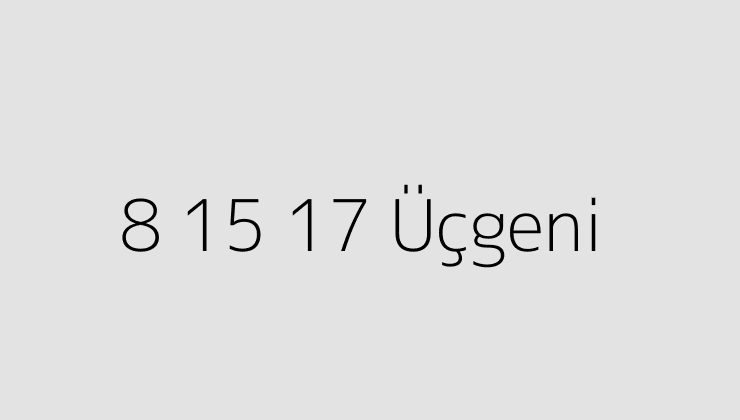
8 15 17 Üçgeni
Introduction
8 15 17 Üçgeni is a mathematical concept that has fascinated mathematicians and students alike. In this article, we will explore this unique triangle, its properties, and the various ways it is used in mathematics.
What is the 8 15 17 Triangle?
The 8 15 17 triangle, also known as the Pythagorean triple, is a right triangle with the following measurements:
- The length of one leg is 8 units
- The length of the other leg is 15 units
- The length of the hypotenuse is 17 units
This triangle is unique because the measurements are all integers, and they satisfy the Pythagorean theorem, which states that the sum of the squares of the legs of a right triangle is equal to the square of the hypotenuse.
Properties of the 8 15 17 Triangle
The 8 15 17 triangle has several properties that make it unique:
- It is a right triangle
- The measurements are all integers
- The measurements satisfy the Pythagorean theorem
- The area of the triangle is 60 units squared
- The perimeter of the triangle is 40 units
Applications of the 8 15 17 Triangle in Mathematics
The 8 15 17 triangle is a useful tool in math because it can be used to solve problems involving the Pythagorean theorem.
For example, if a person wants to determine the distance between two points in a two-dimensional plane, they can use the Pythagorean theorem and the measurements of an 8 15 17 triangle to calculate the distance.
Conclusion
The 8 15 17 triangle is an important concept in mathematics, and understanding its properties is essential for students and mathematicians alike. By exploring its unique measurements, properties, and applications in mathematics, we can gain a deeper understanding of this unique triangle.
FAQs
1. What makes the 8 15 17 triangle unique?
The 8 15 17 triangle is unique because all of its measurements are integers that satisfy the Pythagorean theorem.
2. What is the area of the 8 15 17 triangle?
The area of the 8 15 17 triangle is 60 units squared.
3. How is the 8 15 17 triangle used in mathematics?
The 8 15 17 triangle can be used to solve problems involving the Pythagorean theorem.
4. What is the perimeter of the 8 15 17 triangle?
The perimeter of the 8 15 17 triangle is 40 units.
5. Are there any other Pythagorean triples?
Yes, there are many Pythagorean triples, including 3 4 5, 5 12 13, and 7 24 25, just to name a few.






